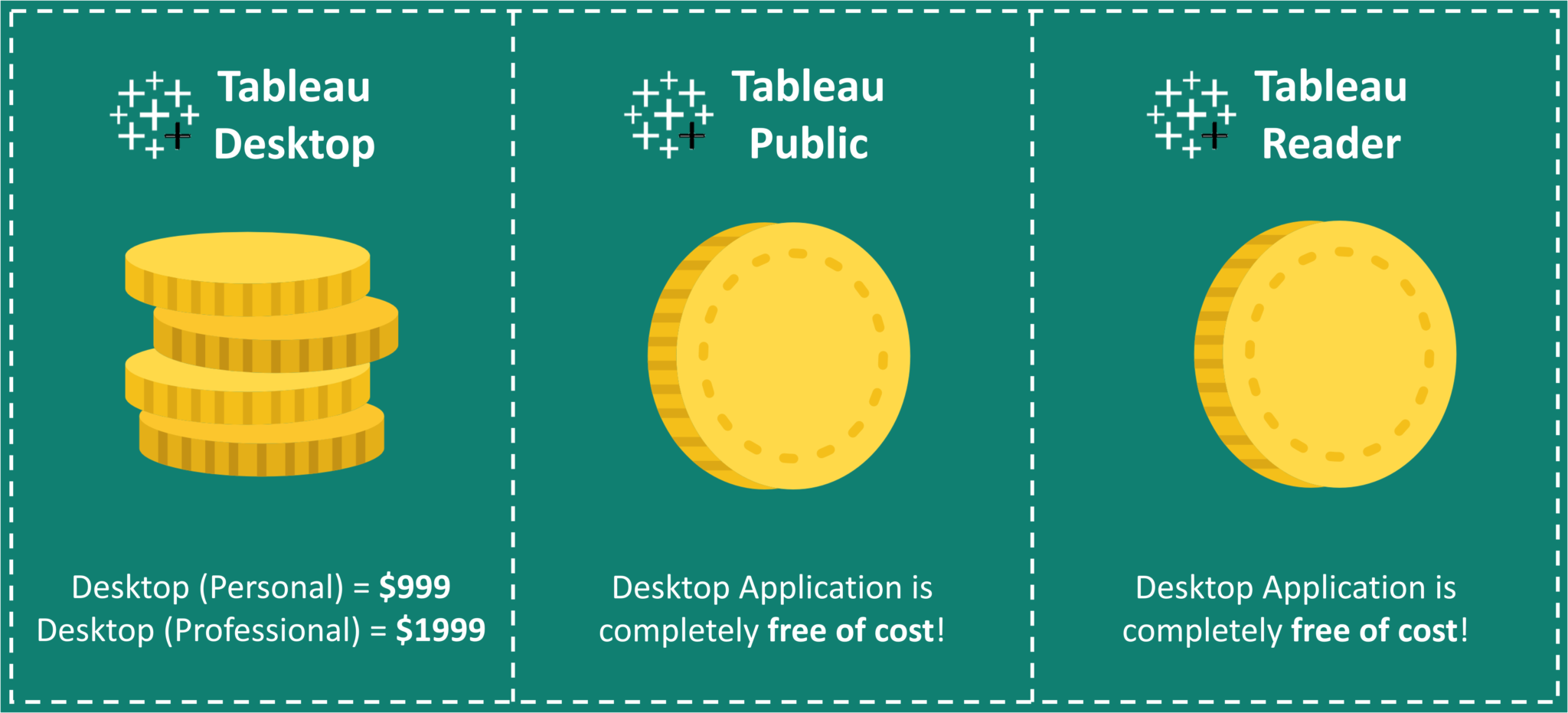


They produce a variety of different visualizationsīoth Tableau and Power BI can help you showcase your data in a variety of different ways. With an average 4.4-star rating from over 2500 reviews, Power BI slightly outranks Tableau, which has 4.3 stars out of 5 from over 2100 ratings. Let’s take a look at some of the ways Tableau and Power BI are similar: They’re extremely popularĪccording to data from Gartner, Power BI and Tableau are the first- and second-most popular business intelligence tools on the market. You can find out more about what you can do with Tableau and what you can do with Power BI in separate articles. Like Tableau, Power BI comprises several different components. Again, the focus was to create an easy-to-use interface to enable non-programmers to organize and visualize data. Microsoft Power BI arrived on the scene several years later, first launching to the public in 2011. In reality, Tableau has a variety of products that help businesses store, analyze, and visualize data. Tableau first launched in 2004, providing a drag-and-drop way for users to create interactive visuals and dashboards.
TABLEAU PUBLIC VS DESKTOP SOFTWARE
As a result of such an influx of data, various organizations have produced software to help businesses make sense of the vast swathes of information. Things have come a long way since then, with ever-increasing amounts of data being accessible for modern businesses. The first usage of the term dates back to the 1860s, referring to an American banker who gathered and analyzed data to gain actionable insights and get ahead of the competition. A chart in Power BI A Tableau Visualization A Background on Business Intelligence Toolsīusiness intelligence is a practice that pre-dates the digital age.

After reading, you should have an idea of which is right for your needs. In this article, we look at Power BI vs Tableau, exploring their similarities and differences, as well as their pros and cons. You can create such charts using Business Intelligence tools such as Tableau and Microsoft Power BI. This concept is at the heart of data visualization often, a single graphic or chart can effortlessly show and explain what would otherwise have been thousands of numbers and words. You will not be able to have a direct connection to a database or web and software APIs.A good decision-making process finds a balance between decisiveness and due diligence, so conveying information quickly is highly valued in all kinds of businesses. The only thing that is missing here is the data connection types. This version allows you the connect to different file types, create extracts of the data sources and save your Tableau workbooks locally and publicly.
TABLEAU PUBLIC VS DESKTOP FULL
Tableau desktop offers all the full features of software. You have to save them on the publicly which means that everyone can see your data since it’s saved on the cloud. However, the largest difference is that Tableau Public does not allow you to save your workbooks locally. It allows you to use the majority of the software functions.You can create visualizations and connect to CSVs, Text and Excel documents.
TABLEAU PUBLIC VS DESKTOP FREE
This is essentially a free version of Tableau visualization software. The diagram below will give you a basic idea what versions of the software you may need: Additionally, your intention will also govern what software version you should incorporate into your analysis stack. Each having an increasing layer of of features which are also related to price. Essentially there are three tiers in the software options. Many people are often confused by the different software options that Tableau offers.


 0 kommentar(er)
0 kommentar(er)
